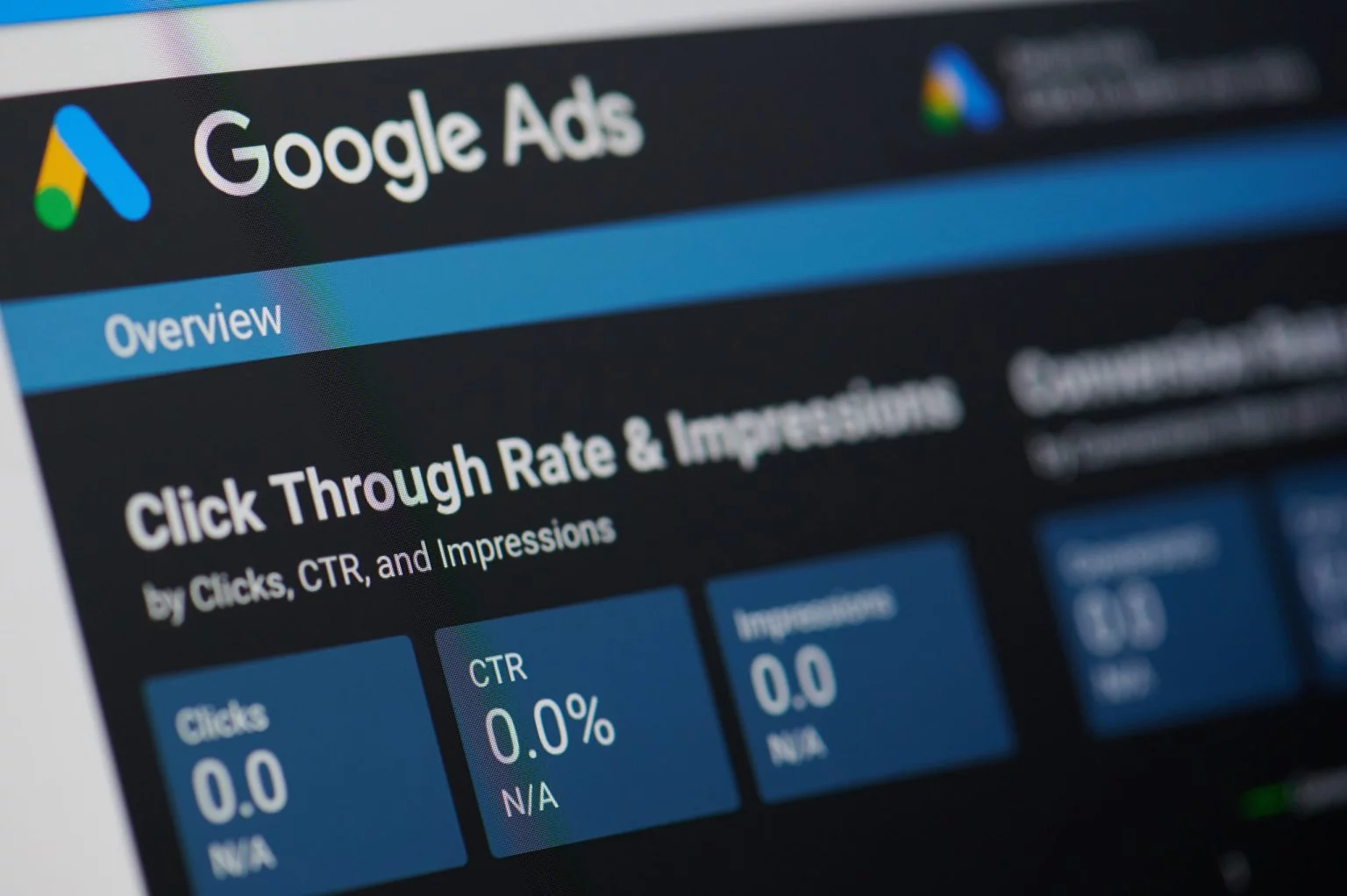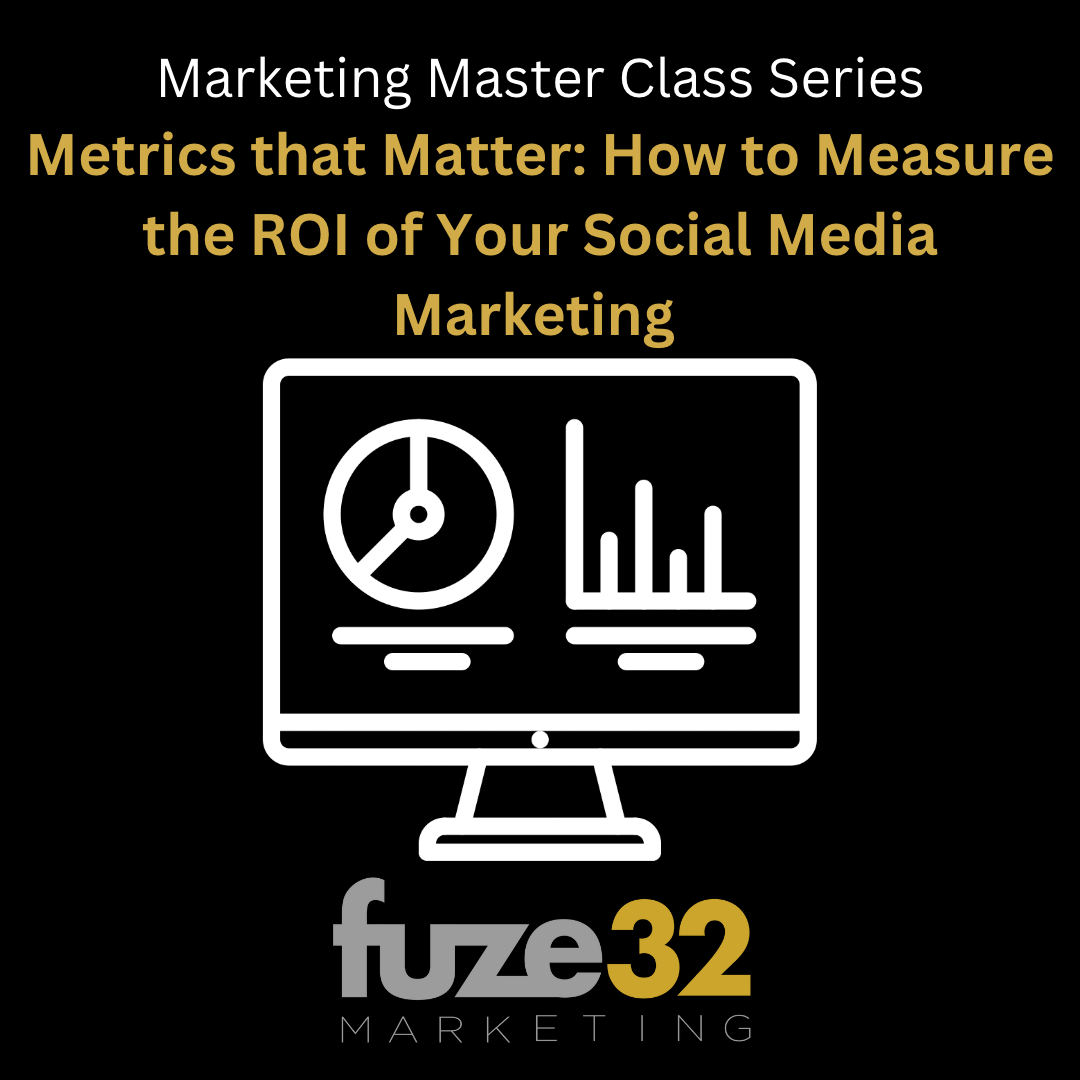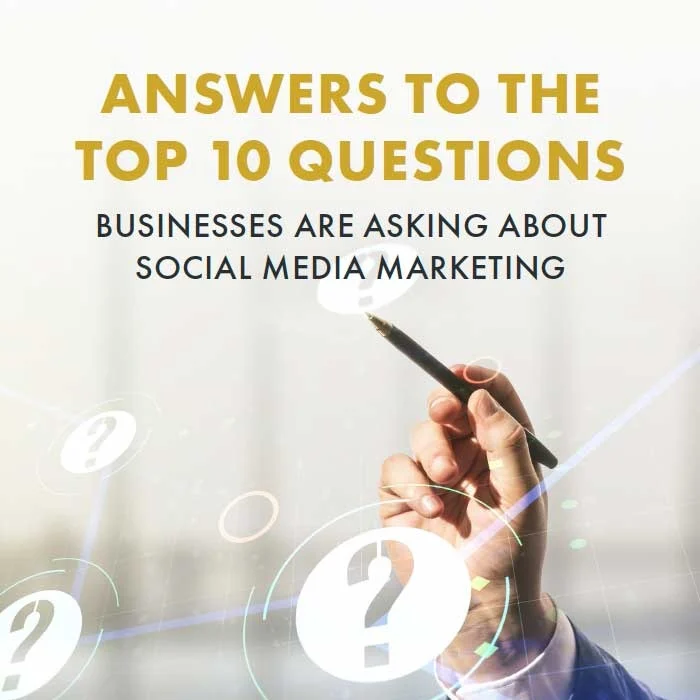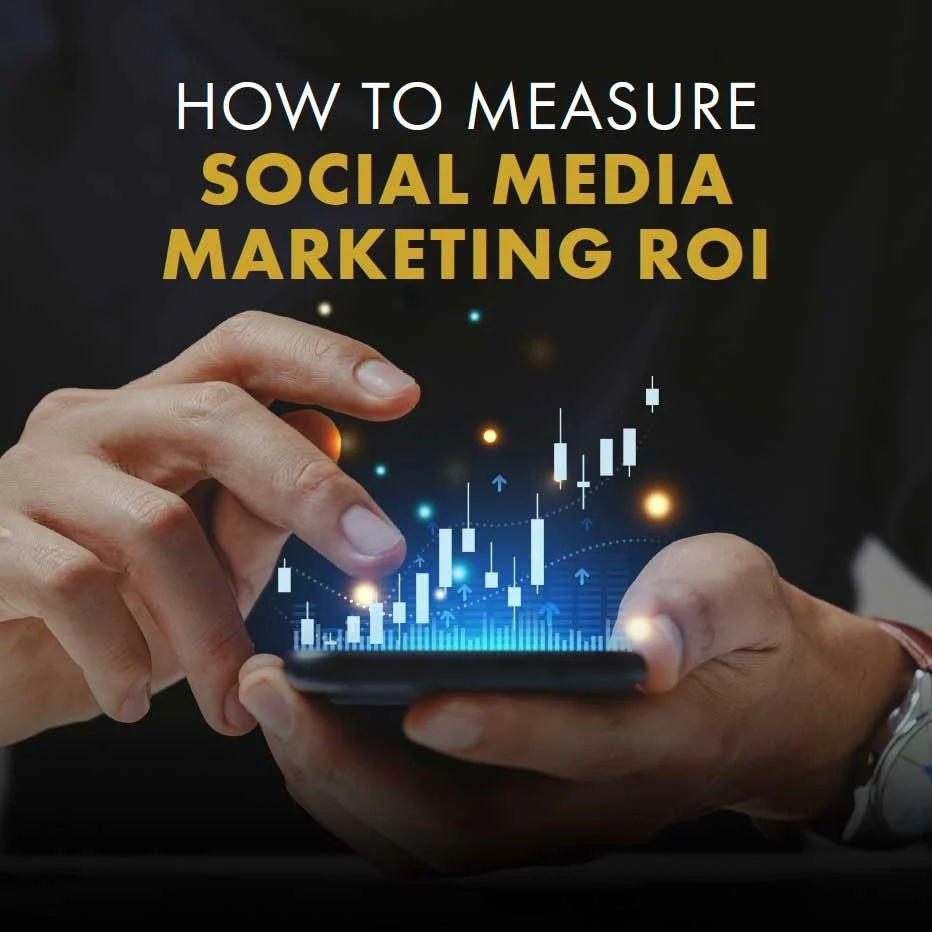The biggest mistake business owners make is failure to plan their marketing strategy. Rather, they make decisions based on what sounds good in the moment, much like going to the grocery store when you’re hungry. The result is a hodgepodge of marketing efforts with no clear direction and no clear measure for success. While media planning can have a lot of moving pieces, setting up a basic media plan isn’t difficult. Here are 5 steps to help you get started:
1. Define Your Goals
What would have to happen at the end for 1 year, 3 years, 5 years for you to consider your marketing successful? Start by writing down your objective and be specific. Make sure you use SMART goals - specific, measurable, achievable, realistic and time-bound. From this landing point, you can determine the benchmarks you need to hit that will get you there. You can align your campaign with your goals. Some goals will require consistent branding and awareness campaigns, and others will require a specific price point to drive traffic over the short term - an action campaign. Whatever the end goal may be, you need to be sure you are clear about how you will achieve it.
2. Clarify Your Target Audience
What customers form the ideal customer profile that will make up 80% of your business. Focus your efforts on understanding those customers quantitatively - how many are there in the marketplace and how often are they in the buying funnel for your product or service - and also qualitatively - what motivates them to make a buying decision, what do they care about and where can you reach them most effectively. There are endless amounts of people to reach, but what matters is that you are effectively reaching the right ones. A little bit of sleuthing on the internet will give you data to back up your hunches, but don’t move forward until you can get clear on who your target consumers are.
Here are some things to consider when selecting your target audience:
- Type of campaign - is it business to business (B2B) or business to consumer (B2C)?
- Buying Cycle - how often are they in the market for your product or service and what factors are at play in getting them there?
- Demographics - age, race, income, occupation, etc.
- Media habits - platforms where they are engaged.
A target persona is a great way to find out this information. For more information on what a target persona is and how to conduct one, check out our blog post “What’s a Target Persona and Why Should I Care?”
3. Determine Your Budget
Not having a budget is the surest way of overspending or underfunding a campaign. You’re after a profit - but you can’t grow a business in a vacuum. It requires time, effort...and money. The problem, then, is in a failure to budget.
The US Small Business Administration recommends allocating 7-8% of your previous year’s gross revenue for advertising if you are a business with a revenue over $5 million dollars annually. If your revenue is less than that, SBA recommends a range somewhere between 10-12%.
So in other words, your advertising investment should grow as your company grows. You start small and then build each year on the previous year’s success. Having a firm annual budget helps your accountant feel more comfortable, protects you from the dangers of under-funding your marketing and also keeps you from impulse-buying that leads to overspending.
4. Spend Your Money on Paper First
If you’re a new business, your first year may be spent setting up the foundational systems you need to grow: a logo, a website, an online sales platform, signage, etc. This can add up fast...but is vitally important, so don’t scrimp. Then, begin building your media plan. Armed with a knowledge of your target customer, you can then work out how and where to find them. Be creative! Yes, you will have to spend money on marketing channels, but don’t overlook some of the more elemental strategies that many business owners forget: email marketing, social media, or community involvement.
Select the marketing channels you are most interested in and then begin interviewing media outlets. Have marketing reps bring you the best ideas they can, and get to know them and their companies. Partnering with a media outlet is a very important decision, as they will be charged with helping you implement your campaign, monitoring results and bringing you new ideas and strategies.
5. Track Success
Set up a system, before the campaign launches, for tracking progress. Even a simple Google Document where you track key performance indicators will help. Be mindful that if you only look at revenue, you’re overlooking critical factors. For example, NBA coaches don’t just look at the final score of the game. They understand that there are more important metrics that, when addressed properly, make the difference in the outcome of a game: things like batting average, RBIs (runs batted in), ERA (errors on the field), steals, etc...you get the idea. Figure out what key metrics you plan to track and then share that information with your marketing partner. This is extremely important so you can know how well things are going, what to keep doing and what to change. Not everything will always be successful, so it’s vital to frequently update and change as you see fit.
Final Take-aways
Media planning is essential to the success of your marketing. This is a basic format for getting started that will get you pointed in the right direction. We have found that most business owners don’t have one at all, opting instead to follow their gut instinct. That may be a great strategy for determining what to eat for lunch, but it’s not a winning plan for growing a successful business. And, if you are unsure of how to approach media planning or feel you do not have time - don’t sweat it! At fuze32 we have a team of experts who will take you step by step to help your business achieve the best results! Give us a call, we’re here to help.


.webp)



















































